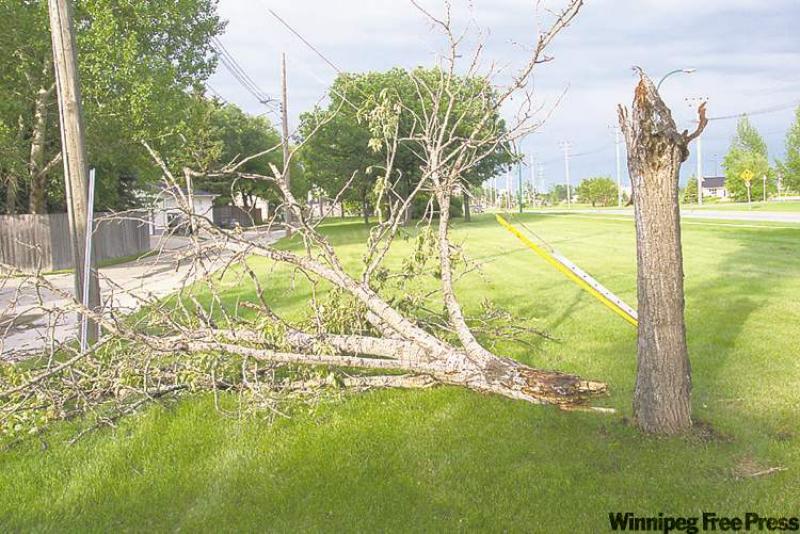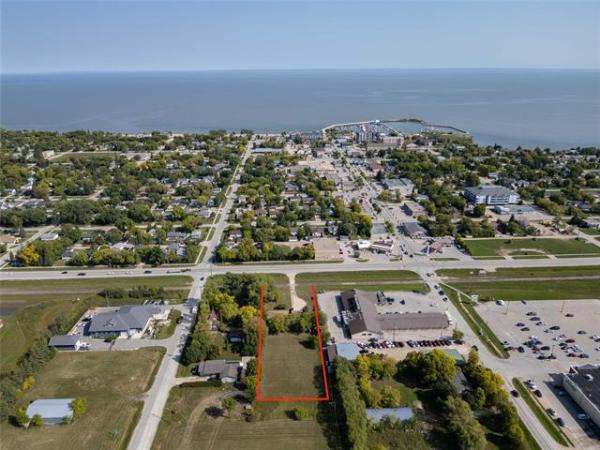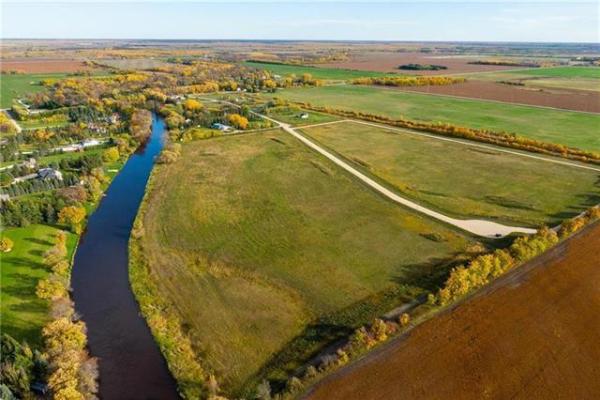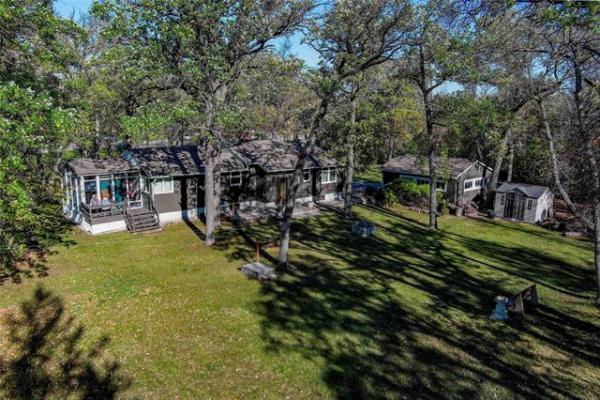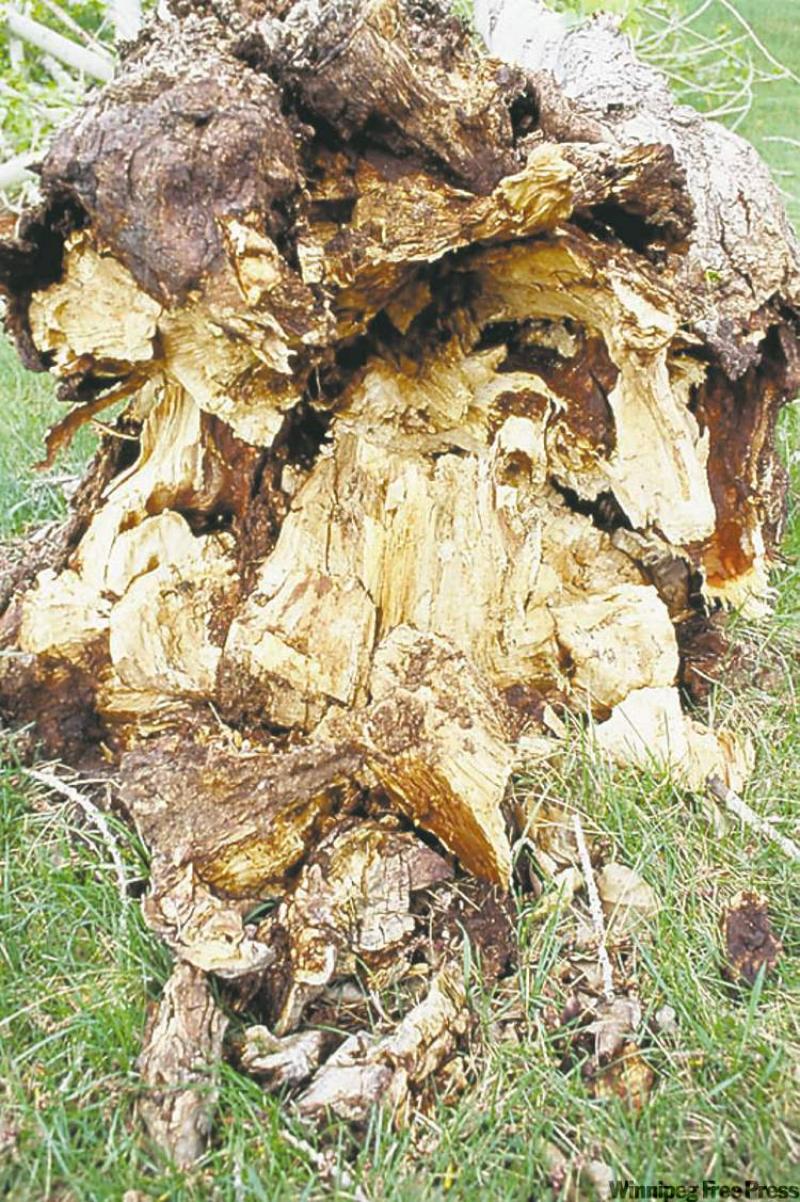
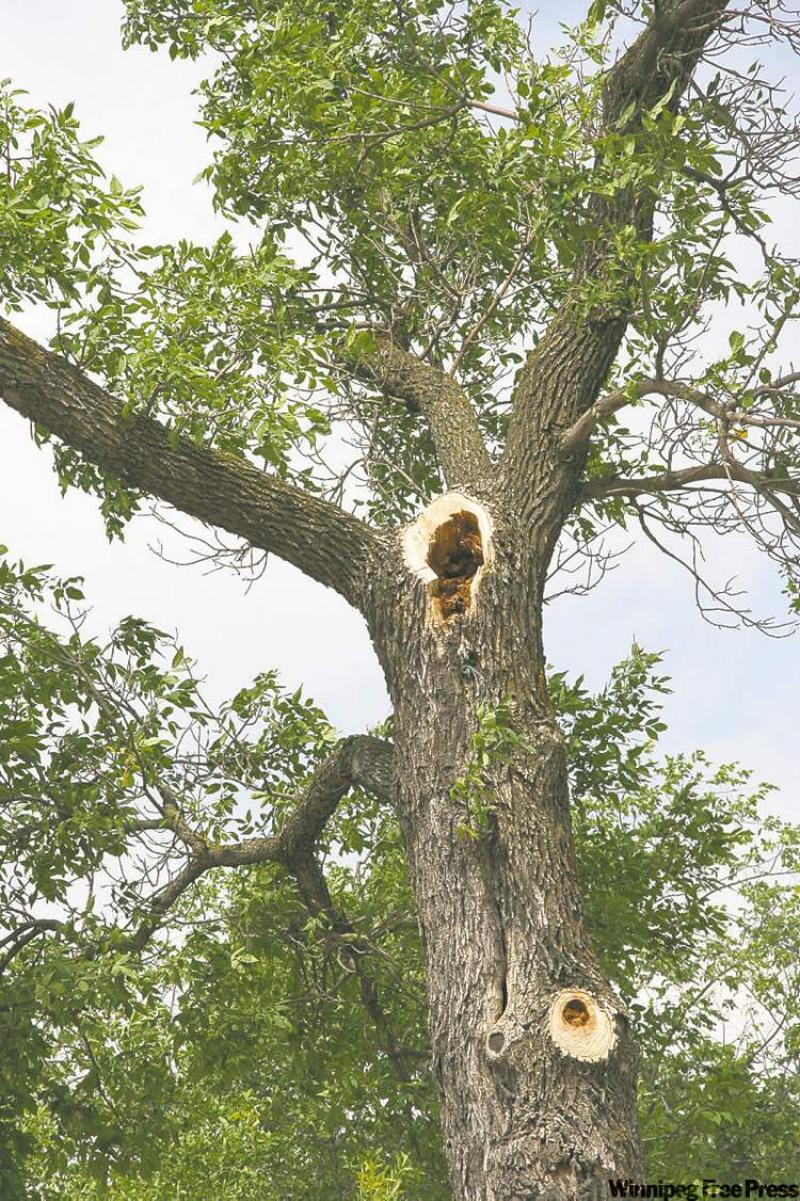
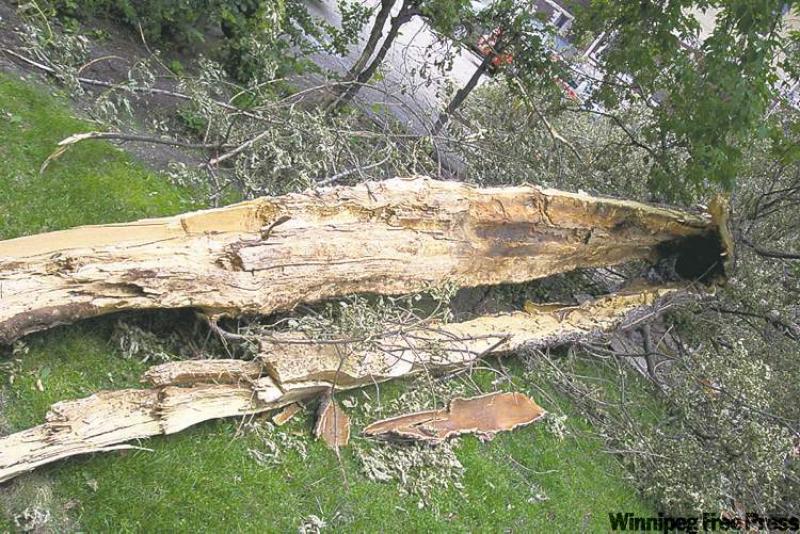
Is your tree safe?
Homeowners who have lived on their property for years recognize their large trees are usually safe and unlikely to topple if they're stable. But new residents who are not familiar with their newly acquired trees are often apprehensive.
The most common urban trees to fail are poplars and Manitoba maples that have been poorly pruned and neglected. Both types of trees are great abundance in Winnipeg and southern Manitoba. Many poplars grow tall, so the potential damage from their failure if they have been poorly treated is greater than the maples.
Hybrid poplars were planted widely in urban areas in the 1950s, '60s and '70s, mainly for their fast growth and shade-producing nature. Initially developed by tree-breeding scientists for use as a farm shelterbelt, hybrid poplars are relatively short-lived. After 50 years or less, many of these trees succumb to internal wood decay and branch breakage. Occasionally, a fully leafed poplar may suddenly fail at its base and topple.
As they age, grow in size and decay, hybrid poplars become hazardous. Often there is less than on inch of living wood close to the bark that keeps the tree upright. The remaining area and volume of the poplar is full of decayed wood surrounding a hollow core. Even with that thin layer of living wood, there are enough conducing vessels to supply water and nutrients to the top of a 15.25-metre poplar for a while, but the leaves will be smaller and their distribution through the crown will become more sparse over time.
Both poplars and Manitoba maples tend to produce more decayed wood than most other tree species in our area. Often, the decay occurs because of poorly pruned branches that have been topped or crowned. The cut ends of the branches are made indiscriminately with no care given to proper locations that will actually help the tree seal over the pruning wound.
The affected branches are referred to as stubs. The elements of weather, insects such as wood borers, decay fungi, and sometimes pathogenic diseases enter these stubs and cause the wood to progressively decay throughout the tree.
Ironically, many people are convinced their trees should be heavily cut back to make them safer. Topped trees are more dangerous than properly pruned trees because of the greater weakness in structural strength that occurs in the widespread distribution of decayed wood. A good arborist can employ crown-reduction techniques when it is appropriate to reduce some of the tree's height.
I see many hundreds of poplars and maples that I would describe as hazardous, especially on private properties. Look for large decayed wounds on the trunks and upper branches. Improper lawn-mowing that has damaged the lower bark of a trunk has likely resulted in internal wood decay. Look for bark scarring and weeping decayed bark. Has there been some noticeable wind damage of upper limbs?
I use a device called a Resistograph that allows me to assess the internal structure of wood in trees. On occasion, a climbing arborist will ask to use this tool in the upper part of a tree to assess suspicious-looking wood situations that may not be apparent from the ground.
If you have a large tree that you are concerned about call a professional arborist to have it properly assessed. I recommend only those arborists that have a valid Manitoba arborist licence and at least $2 million in general business liability insurance. These are mandatory legal requirements for commercial arborists.
Enjoy your well-maintained trees; don't let them cause you grief.
Michael Allen is a consulting urban forester, certified I.S.A. arborist and owner of Viburnum Tree Experts. He can be contacted at 831-6503 or viburnumtrees@shaw.ca

